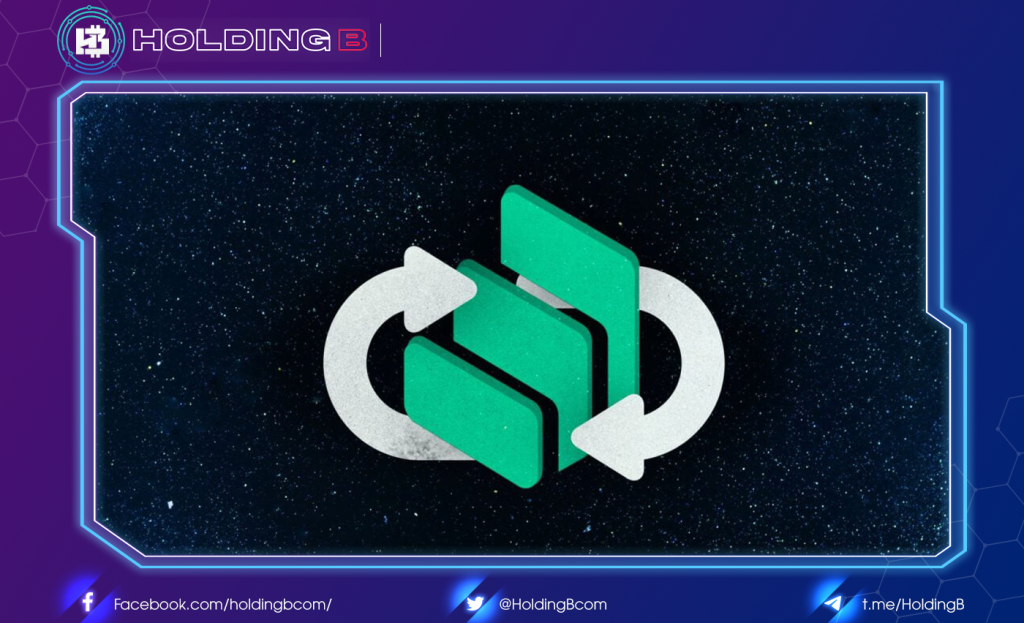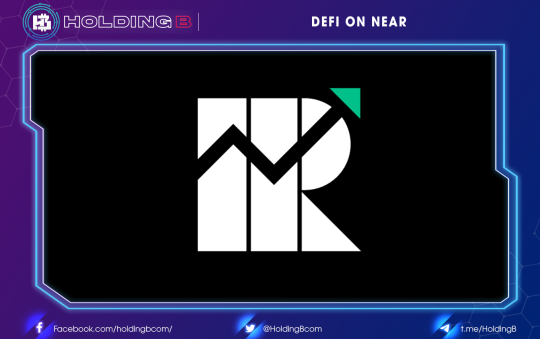The Compound protocol is basically another DeFi solution that helps users to lend and borrow cryptocurrencies. Based on Ethereum, Compound leverages the use of smart contract functionality for lending and borrowing transactions. Users have to lock up a specific amount of crypto in aggregate finance, and they can lend or borrow crypto assets.

What is Compound?
Synthetic Finance, or Compound, is basically a decentralized marketplace for cryptocurrency investors, providing digital asset lending and borrowing functions.
Complex cryptocurrency is basically a decentralized protocol developed on a blockchain. The user has the privilege of specifying governance precedents for the compound protocol with the help of the COMP token.
Compound is a system of smart contracts developed on Ethereum with open access. The protocol emphasizes allowing borrowers to borrow and lenders to provide loans through locking their crypto assets within the protocol.
Interestingly, the supply and demand of each crypto-asset helps determine the interest rates that borrowers and lenders can pay and receive. Mining each block leads to the generation of interest. Furthermore, borrowers can repay loans at any time, with flexibility in withdrawing locked assets.
Highlight of Compound

This compound could look like another decentralized lending protocol that uses crypto assets as collateral to borrow more crypto assets. However, compound has a unique highlight in that it allows the encryption of assets locked in the system using COMP tokens.
COMP tokens, also known as cTokens, are simply ERC-20 tokens that represent user funds on a complex blockchain. When you stake ETH or any other ERC-20 token like USDC, you will get an equal number of cTokens. The tokens will then automatically earn you interest. Users can choose to exchange their cTokens for regular tokens along with the interest paid on these tokens. It’s also important to note that every asset has a specific market, and the supply or demand for the asset in that market plays an important role in determining interest rates.
Working of Compound
Compound is basically a decentralized lending and lending platform based on Ethereum. So, how does one borrow crypto from the complex blockchain or earn interest on their crypto with it? Join us for a deeper dive into how Compound Finance works for lending and lending services.

Crypto Borrowing in Compound
Compounds’ important use in DeFi deals with borrowing. Once you have locked a specific amount of cryptocurrency in the compound, you can have the privilege of borrowing. The cool aspect about Compound is that you don’t need a credit check. Thus, any individual in any location in the world with crypto assets can have the privilege of borrowing from the compound.
However, compound verifies the quality of the property to determine how much an individual can borrow against that property. For example, if you lock up 1,000 BAT worth $500 in Compound and the protocol has set a 50% borrowing limit on BAT, you can borrow any other $250 worth of cryptocoins backed by the Compound protocol. Furthermore, you will also have to pay interest on the borrowed cryptocurrency, just like you pay interest to the bank on the loans you borrow.
Crypto Lending in Compound
The Compound protocol supports the lending and borrowing of some specific cryptocurrencies. Currently, Compound supports the following crypto tokens:
- Ether (ETH)
- USD Coin (USDC)
- Wrapped BTC (WBTC)
- Sai (SAI)
- Dai (DAI)
- Basic Attention Token (BAT)
- Tether (USDT)
- Ox (ZRX)
- Augur (REP)
Any individual with these crypto assets can easily lend and borrow crypto on Compound without investing time, money, and effort dealing with intermediaries. If you own these cryptocurrencies, then you can deposit, lock, lend, or deposit any amount into the compound protocol. When you lock your cryptocurrency into the Compound protocol, it is similar to depositing money into a savings account. However, you will not be sending your crypto to the bank. On the contrary, your crypto will go to the compound wallet. Then you can earn interest on your crypto just like you would on your savings account deposit in the bank.
The interest earned on your cryptocurrency has the same denomination as the token you locked into the complex blockchain. For example, if you lock USDC in a compound wallet, you will earn interest on USDC. When you send cryptocurrency to Compound Finance, it goes into a huge pool of similar tokens in the Compound protocol smart contract. Where does the pool come from? Many others around the world will also lock their crypto assets in the compound, thus leading to the creation of pools.
Liquidity Pools in Compound
When you lock up large pools of cryptocurrencies in a compound, interest rates become low because there is a lot of crypto to borrow. However, you will not get a favorable interest rate by adding to the relevant group of cryptocurrencies in the compound protocol.
However, if the amount is small, you can make more money with a higher interest rate. The volatility of interest rates could provide incentives for lending new crypto assets to smaller pools to earn higher interest rates. At the same time, you can pay borrowed crypto to small pools while borrowing from large pools at a lower interest rate.
Whether you borrow or lend from the compound, you must lock up your crypto assets. In the case of a loan, you must lock an amount of cryptocurrency in the compound that is worth more than the amount you intend to borrow. As a result, the loan you borrow from the complex blockchain is over-collateralized.
Furthermore, you should also be aware that cryptocurrencies deposited as collateral are more volatile and subject to a decrease in value. When the value becomes close to the value of the borrowed cryptocurrency, the compound token or the cToken smart contract closes the position. Such a process is called liquidation, where you can take the money you borrowed and lose the collateral.
Interest Rates in Compound Finance

A common factor in Compound’s lending and borrowing applications is the interest rate. In the case of lending, you will earn interest, and in the case of borrowing, you will have to pay interest.
Irrespective of the borrowing or lending functions on the Compound blockchain, users must lock their crypto assets in Compound. When locking your crypto in the compound, you will receive an equivalent number of compound tokens, or cTokens. CTokens provides a representation of your crypto asset balance. cTokens is essentially an ERC-20 token on Ethereum and serves innovative value, especially in the blockchain-based crypto market.
You can transfer, trade, or programmatically integrate cTokens into other dApps in the DeFi context, just like other Ethereum tokens. At the same time, you will also earn or pay interest depending on whether you lend or borrow from the compound. Users can control compound tokens with their public and private keys just like any other digital asset on the Ethereum blockchain.
The interest in Compound DeFi is essentially a function of the liquidity of the cryptocurrency market. Therefore, it can change in real time according to the supply and demand of the asset to match the existing market conditions.
See ya in the next article !
Don’t forget to follow useful articles about Crypto Market from team Holding B !!!
- Telegram Channel: https://t.me/HoldingBcom
- Telegram Group: https://t.me/HoldingB
- Website: https://holdingb.com/
- Twitter: https://twitter.com/HoldingBcom
- Facebook: https://www.facebook.com/holdingbcom





